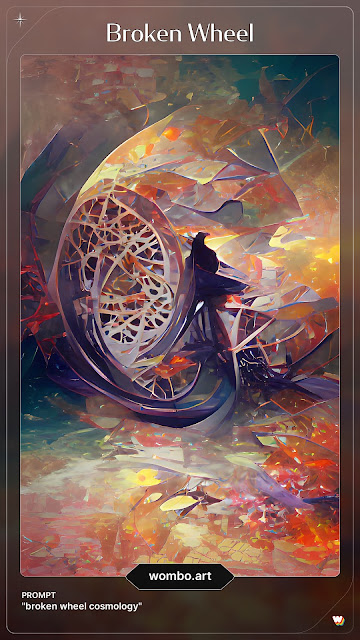What’s the best way to stat a D&D monster?
This was an easy question in early editions of the game. Monsters composed of HD, HP, AC, attack, and morale could fit on a single line of text – short enough to lurk in an inline parenthetical.
As with many aspects of the game, the rules detail increased with each edition, peaking with 3.5E’s multi-page stat blocks, where monsters had complex layers of damage resistance, skills, and spell-like abilities. These monsters mostly followed the same skill and feat tree progression as characters. Does that goblin really have the 8 ranks in Basket Weaving required to access the Marsh Master feat and perform that Reed Flurry attack? Please show your work, DM.
D&D 5E is… better, but not great. Eight years in, and the game is still trying to solve this issue, recently dropping spell lists from monster stat blocks in its official content. While I applaud a move toward simplification, the output is still far from what I would call a table-use-optimized game tool.
Various rules-light D&D games seek to return to the simplicity of the early D&D model. Many of them condense the stat block down to a B/X-equivalent parenthetical. An example that feels like a compelling blend of parsimony and evocation is the approach in the Ultraviolet Grasslands. Inline entries are presented as – for example – Hunting scorpion dogs (L3, venomous). These entries provide enough information to “arm” the creature for an encounter, without disrupting the diegetic language of the entry with excessive technical details.
Of course, it’s a little too good to be true. Ultraviolet Grasslands “Lx” notation refers to a table where the L number translates into five stat categories. Even rules-light games want more nuance than HD alone would create (where every 3HD monster would essentially be the same, plus whatever mechanical weight the adjectives can capture).
I also admire the elegance of Prismatic Wasteland’s approach. This still requires an appeal to an outside statblock, but removes that issue from the system-selection screen. Obviously this can’t model something truly weird or bespoke, but it’s not supposed to. It’s great, possibly the best, for anything that isn’t too weird, and is working in some kind of grokkable vanilla fantasy vernacular.
Neverland is another example that I quite like. This product is 5E-compatible, but its statblocks simply drop much of the bulky language and situational rules detail that WotC’s house style includes. For my 5E-compatible adventure Terrible Trouble at Rude River, I attempted to emulate the Neverland style in the entries. I plan to iterate on this further if I make more 5E-compatible products.
For my Tenfootpole contest entry, Gravestone Deep, I went with more of a B/X style, but wasn’t satisfied with the final form. Special abilities or tactics push against the brevity of the B/X format. I want to take another, more deliberate swing at B/X style stats for the next project I do.
My dream – possibly unattainable – is a statline that looks something like that Ultraviolet Grasslands line, but has some intuitive, natural extrapolation to a moderately complex statblock without requiring a table lookup or other elaboration. Some kind of greater information density that gives mechanical weight to the adjectives. Time will tell if we find it.







